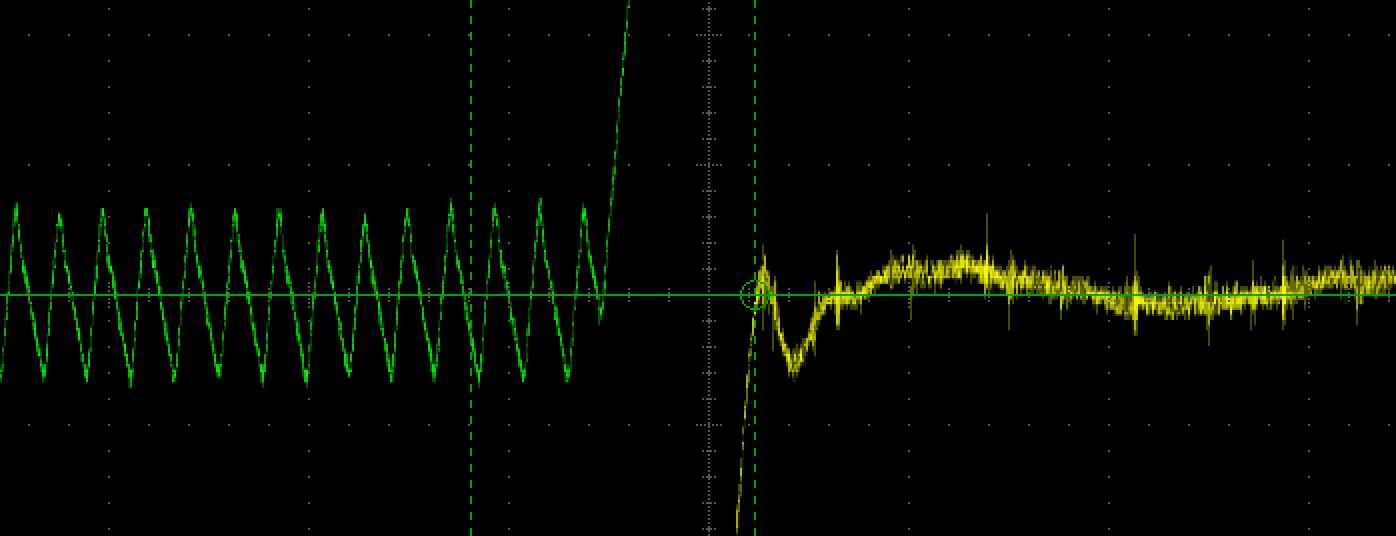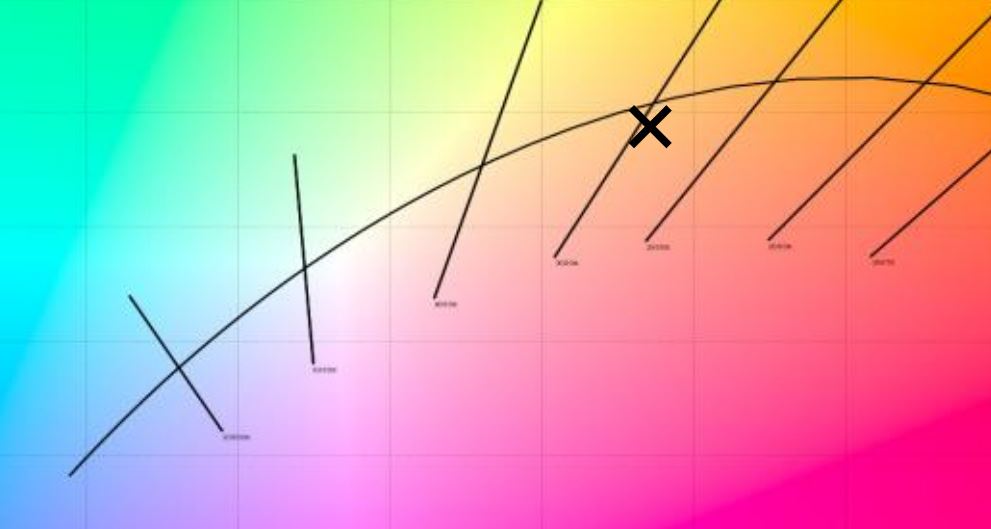The Physics and Thermal Characterisation of Sharp LEDs
 As you probably know, halogen light bulbs are incandescent: they produce light as a side effect of being heated up. Conversely, LEDs are semiconductor devices, and prolonged heat can be very damaging to them. LED devices tend to be cooled in a similar way to computer CPUs - using a thermal interface (like thermal paste) a heatsink, and sometimes a fan as well. However, the effectiveness of these cooling methods can vary wildly, depending on the operational limits of the LED and the type of thermal interface being used. In this article, I'll discuss the experimental methods I designed to characterise the thermal performance of LEDs using a variety of cooling methods.
As you probably know, halogen light bulbs are incandescent: they produce light as a side effect of being heated up. Conversely, LEDs are semiconductor devices, and prolonged heat can be very damaging to them. LED devices tend to be cooled in a similar way to computer CPUs - using a thermal interface (like thermal paste) a heatsink, and sometimes a fan as well. However, the effectiveness of these cooling methods can vary wildly, depending on the operational limits of the LED and the type of thermal interface being used. In this article, I'll discuss the experimental methods I designed to characterise the thermal performance of LEDs using a variety of cooling methods.
 One of my responsibilities at Sharp was testing and analysing the type and quality of light produced by LED devices using an integrating sphere. I developed a graphical tool in Python that would automatically interpret spectral power distributions, read metadata from files, compute a large variety of colour metrics, and automatically generate PDF reports.
One of my responsibilities at Sharp was testing and analysing the type and quality of light produced by LED devices using an integrating sphere. I developed a graphical tool in Python that would automatically interpret spectral power distributions, read metadata from files, compute a large variety of colour metrics, and automatically generate PDF reports.